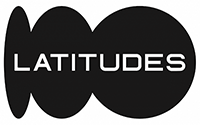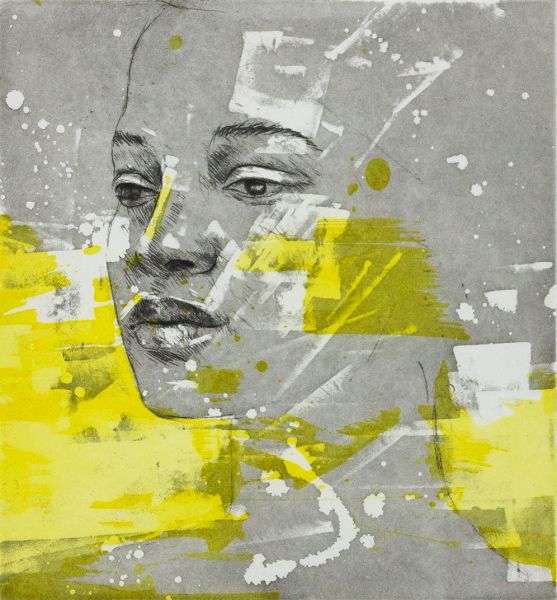Untitled 9
Store Review (0)PRESENTED BY : Warren Editions
| Frame | None |
|---|---|
| Medium | 2 Plates | Softground etching, liftground aquatint & aquatint on Zerkall Intaglio 250gsm |
| Height | 48.00 cm |
| Width | 43.00 cm |
| Artist | Lionel Smit |
| Year | 2013 |
Lionel Smit is a South African artist renowned for his larger-than-life portraiture works. Primarily a painter and sculptor, Smit also makes original fine art prints and creates public installations in various mediums.
Smit’s work has been exhibited widely worldwide, in prestigious gallery exhibitions and art fairs. Smit is currently based in Strand, Cape Town. His process remains adaptive, inventive, and physically engaging.
Lionel Smit collaborated with Warren Editions on two series of prints that represent an extension of his practice as a painter and sculptor. The first series, produced in 2012, comprises three photopolymer prints. The second collaboration, three small etchings of portraits, occurred in 2013, whereas the third series was created in 2014, comprising two etchings utilising aquatint and hard ground etching.
For this print Smit used softground etching and aquatint. Softground is essentially beeswax mixed with petroleum jelly or tallow and a small amount of asphaltum; the wax and petroleum jelly or tallow retains the ground's softness, allowing for a crisp impression of anything pressed into it. Softground etching lines look different from hard ground lines in that they are crumbly-looking rather than wiry and aren’t even from end to end. Moreover, tonal areas resembling pencil shading can be made, and impressions from flat objects such as fabric, paper, and foil can be achieved through the medium.
The character of the line change depending on the amount of pressure used in drawing. More pressure removes more wax, so where the artist pressed harder, the tooth-creating marks are more prominent and closer together than in the areas where only light pressure was used. Using coarsely-grained paper gives coarse-textured lines and fine paper fine lines. In general, soft ground lines look like lines made by the drawing instrument – a clutch pencil, HB pencil, ballpoint pen or any other object on which pressure can be applied.
Aquatint is a way of making tones. Despite the “aqua” in its title, the aquatint process does not involve water. It was invented in the mid-eighteenth century to simulate the effects of ink and wash drawings. With aquatint, one can capture a complete tonal range from a hint of a tone to mid-tones to shadows and extreme darks. Aquatints can be airy like those in the etchings of Paula Rego to velvety like those in the etchings of Pablo Picasso. Francisca Goya benefitted from Aquatint’s ability to achieve darkness in tone and content.
To make an aquatint, a dense collection of tiny grains of gum rosin is melted onto a metal plate, which then functions as a porous ground; each grain or clump of grains becomes an island that protects the plate, which the acid will bite around.
The most common means of applying the grains is with an aquatint box, made for creating and containing a rosin dust storm. A dust storm is created in the box, and the plate is slipped into the box to collect the grains as they fall. The plate is taken out and heated to melt the grains to adhere to the plate once cooled.









